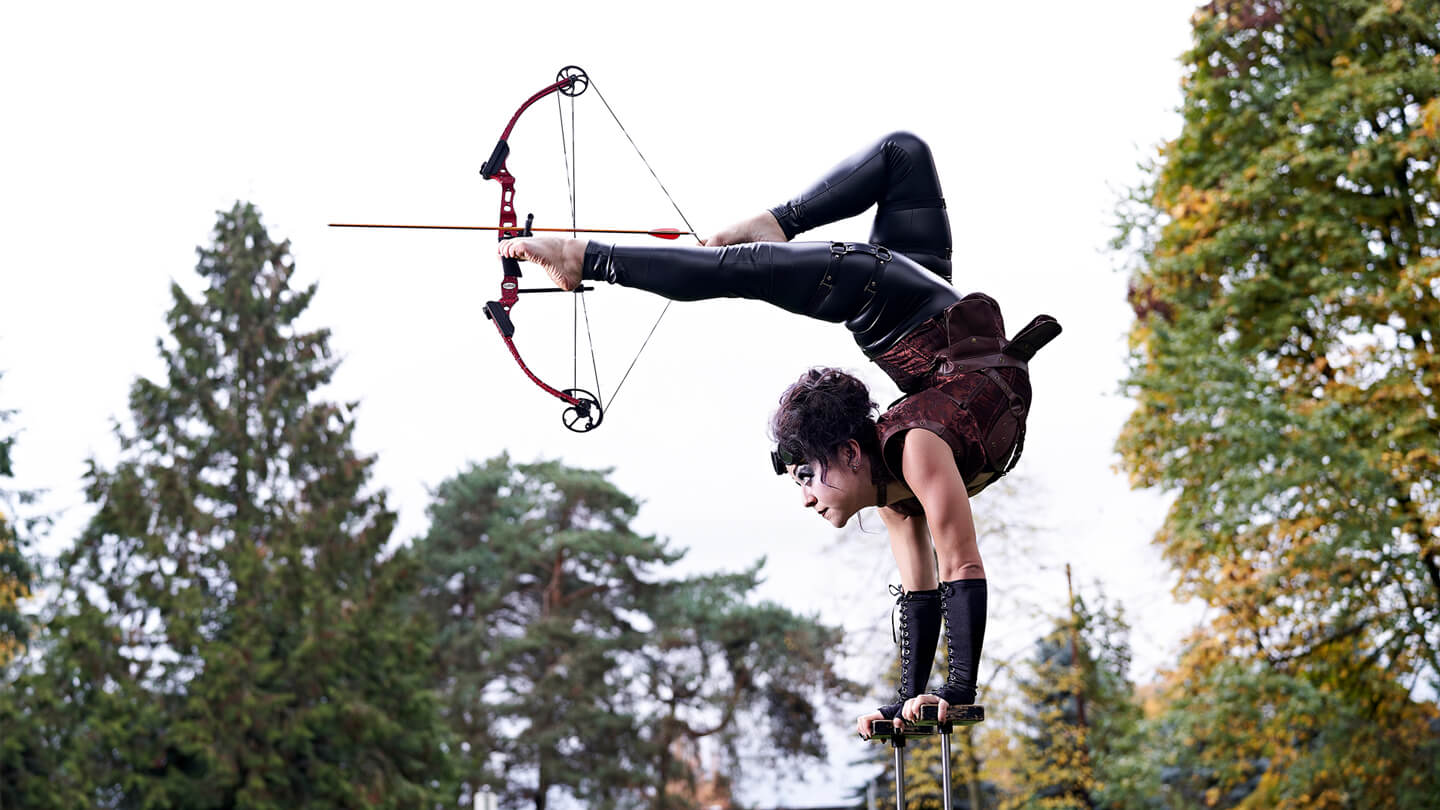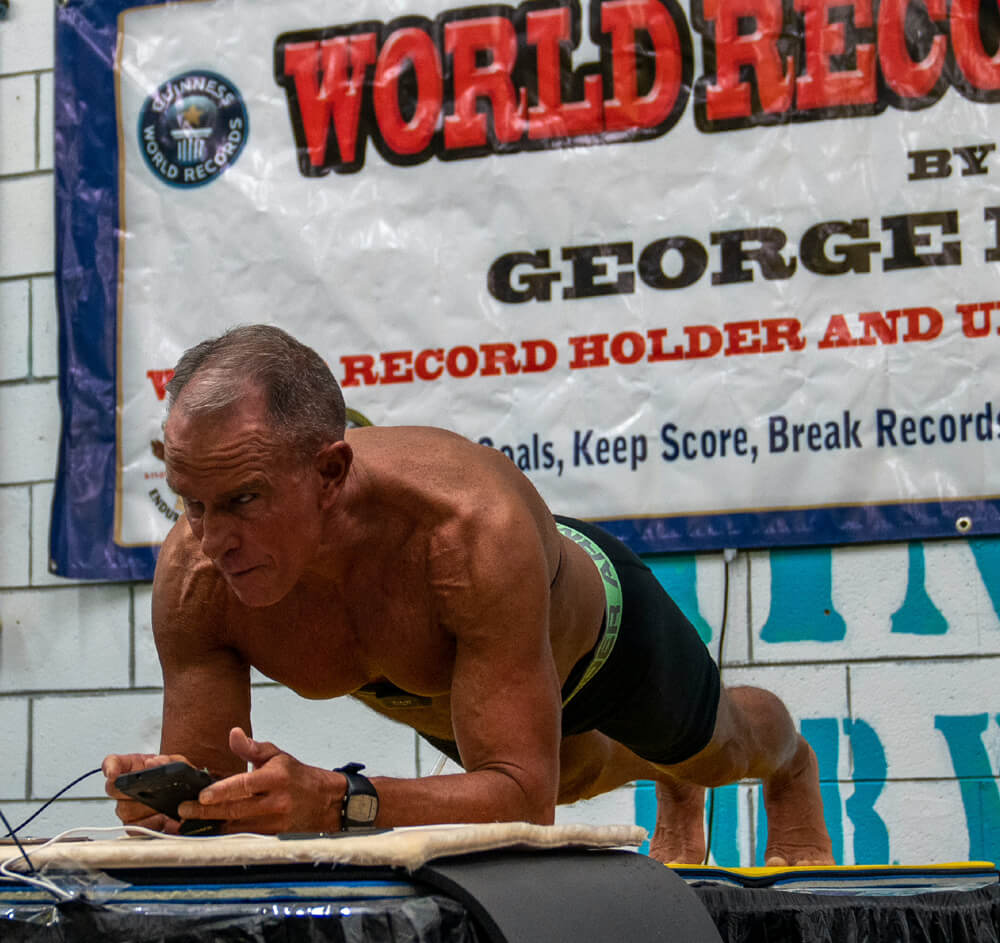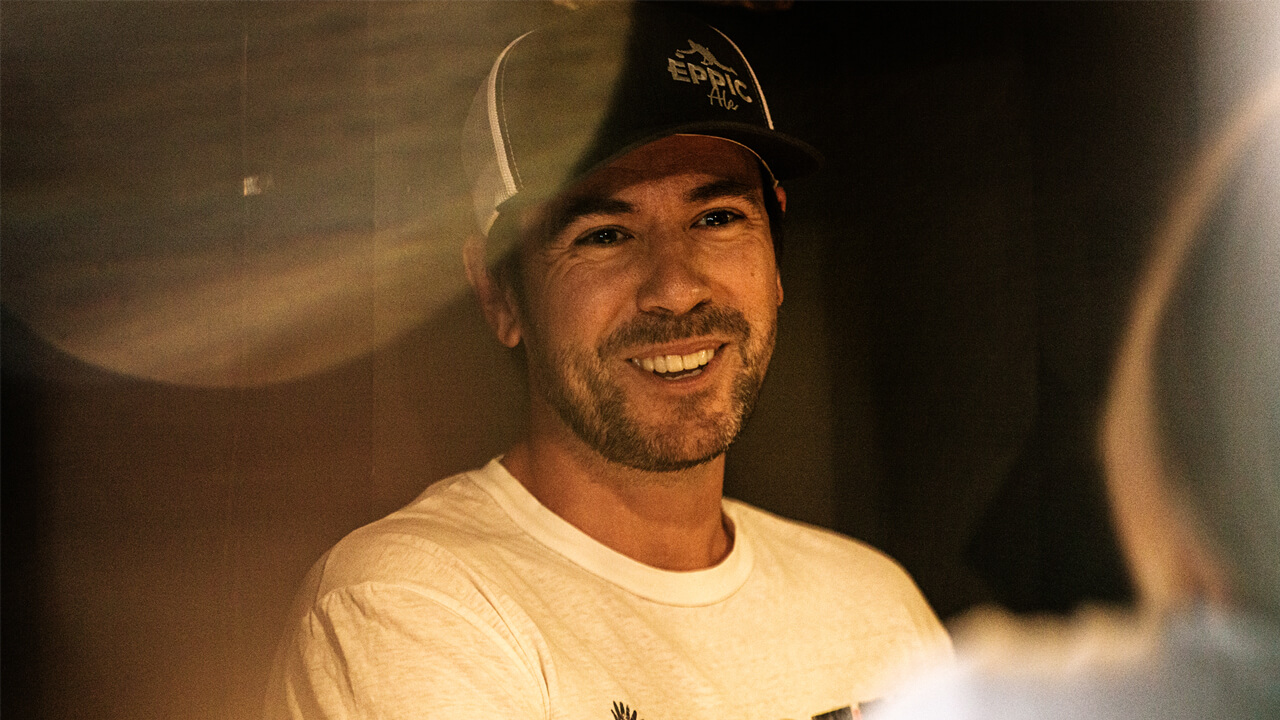KEVIN FAST, 57, Cobourg, Ontario
Records 31, including heaviest vehicle pulled more than 100 feet (218,389 pounds), most caber tosses in an hour (122) and heaviest aircraft pulled (416,299 pounds)
Day Job Lutheran pastor
Fast’s record-setting began in his 30s, inspired by Strongman competitions he saw on TV and, in particular, one featuring guys pulling fire trucks.
I called the fire department and asked, “Can I borrow a fire truck?” The great thing about Cobourg is — and it probably might not happen in any other place — they said, “Sure, come right on over.” [Laughs.] The main thing was curiosity: I wanted to see if I could do it. I started by pulling a wee 16-tonne fire truck. And then somebody beat that record, so I wished them well and I thought, “I can’t live with it,” and I got it back. Then somebody in Australia beat my record, and I thought, “Well, that’s good for them,” and I thought about it for a minute and said, “I’ve got to get it back.” I got that back within a week. So that’s how my records sort of blossomed. I’m mainly known for pulling things.
Among the other items Fast has pulled: Planes, houses, several vehicles at a time and a very heavy Santa sleigh (he has a big white beard, just like jolly old St. Nick). He’s always strong, a by-product of competing in Highland Games, but training for a record attempt requires different preparation.
When I’m training for a specific record, for example, pulling a truck, I have a pick-up truck and that’s exactly what I do; while people are out jogging on the street, there I am tied to a truck, jogging along, too. I’ve got a fairly good grade out in front of my house that I use for endurance pulling, and when my neighbours find out I’m going to do a practice, they’ll go out by the road and sit in their lawn chairs to watch the show. When I was doing heavier pulls, I went to another street where the grade was even greater, and depending on the grade I’d work on endurance or on pure strength. It really became a science. My total training for a world record, to reach my peak of performance, was always six weeks. I figured if I went a seventh week, I would be risking serious injury.












